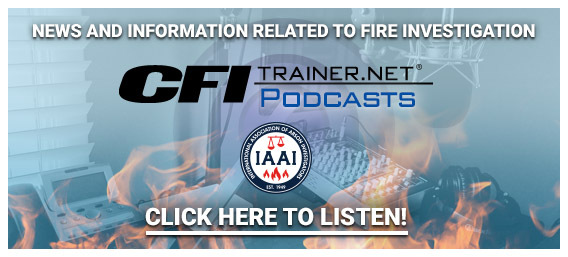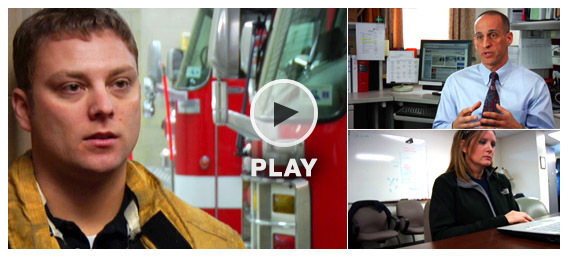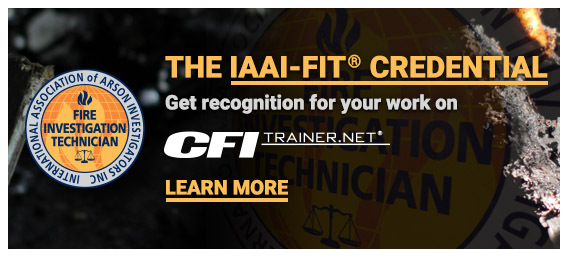Live Event - Digital Forensics 6.13.24 1pm
Digital evidence is everywhere. Our phones record our location data, searches, internet browsing, and steps, among thousands of other digital artifacts we generate. Cellular service providers create records that can be used to determine where someone was at a point in time. Our smartwatches and fitness wearables are recording intimate details about our biometrics, turning our very biology into digital evidence. Even if you turn your phone off and leave the smartwatch at home, the widespread adoption of video surveillance systems by businesses and private individuals means your activities could be captured even still. In arson investigations, digital forensics is uniquely positioned to help fire investigators and claims professionals understand the who, what, when, where, and why – the people element.























































































